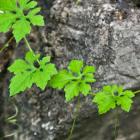ADVERTISEMENT
Photos
Bridge On Route 9 over Riviere Grise collapsed
Here is a picture of the Bridge on Route 9 over Riviere Grise that collapsed in March, 2016.
On Friday, March 18, 2016, a bridge over Rivière Grise on Route 9, connecting Cité Soleil to the National #1, partially collapsed while a truck was passing carrying gravel over the bridge. It was a metal bridge, 62 meters long and 20 meters wide. Surprisingly, everyday, over hundred heavily loaded trucks pass over this bridge which was built to withstand a maximum load of twenty tons only! No casualty was reported. Signs of road diversions have been posted. This recent disaster is an example of poor quality craftsmanship and supervision and that indicates how the public money in Haiti is managed. A primary investigation suggests that the possible cause of the collapse could be the stolen bolts of the bridge which were found missing.
Jean Bertrand Aristide return from Exile, October 5, 1994
Here is the return of Jean Bertrand Aristide from Exile, October 5, 1994 with 20,000 US troops to bolster his new administration.
Aristide, the first democratically elected President with 67% supports, was ousted from power by a September 30, 1991 military coup, because his initiated reforms angered the military and Haiti's elite. When the coup regime collapsed in 1994 under US pressure, following a huge peaceful public demonstration of Aristide supporters (about 250,000 people) in New York, urging the U.S President Bill Clinton to deliver on his election promise to return Aristide to Haiti, the U.S and other international communities, including the UN Security Council, persuaded the military regime to let Aristide return to power. On October 15, 1994, President Aristide returned to Haiti to complete his term in President's office.
February 29, 2004, Jean-Bertrand Aristide forced into exile
These pictures show Jean Bertrand Aristide arriving at Bangui M'Poko International Airport which is an international airport located northwest of Bangui, the capital of the Central African Republic, following his second exile from Haiti.
The second set shows Jean Bertrand Aristis, his wife Mildred Aristide and their two children Christine and Michaelle Aristide arriving in South Africa where he would be allowed to live in exile until he can safely return to Haiti.
For the second coup D'Etat given to Jean Bertrand Aristide, not so much as individuals but rather countries are accused. On February 29, 2004, the US, France and Canada are accused to be the masters behind the overthrew of Jean Bertrand Aristide government.
Following several weeks of conflicts, Jean-Bertrand Aristide was ousted in a 2004 Haitian coup d'état in which one of his former soldiers (Guy Philippe) took the leading role. However, Aristide accused the U.S as one of the accomplices for orchestrating the coup d'état against him with support from Jamaican Prime Minister P. J. Patterson and countries like France, Canada and some others. On 25 February, 2004, Guy Philippe and rebel forces surrounded Port-au-Prince and announced plans to arrest Aristide. On 29 February, 2004, Aristide resigned as President and left Haiti with his wife on board a U.S. military plane to the Central African Republic. In an interview on CNN, on March 2, 2004, he said he was told to resign to avoid bloodshed. He later claimed that, his departure was a kidnapping, accusing the U.S. for orchestrating a coup d'état against him.
Did Jean Bertrand Aristide support violence and Pè Lebrun in Haiti
Here are some of the statements made during a speech given by former Haitian President Jean Bertrand Aristide on September 27, 1991. Do you think that the speech promotes violence and the use of Pè Lebrun by the Haitian population?
Aristide was without equal when it comes to popularity among the people. He won the nation's first democratic election in December 1990 with 67% votes. However, he was caught between plots by the Duvalierists with country's wealthy elites. On Friday, September 27 1991, he delivered a speech, activating the common people against the wealthy elites and power mongers of the country. This speech is famously known as "Aristide's Famous Pe Lebrun Speech" and as a consequence, on September 29, 1991, Aristide was overthrown, just two days after delivering the speech. In every protest in Haiti, the protesters often burn tires. Pere Lebrun was the name of a former tire manufacturer and a major retailer of automobile tires in Haiti. 'Pe leburn' is a nickname of burning tires. In his eight months in president's office, Aristide alienated many civil servants, attempted to undermine the country's military forces and challenged the authority responsible to draft the constitution. He publicly distinguished the elites between patriotic elite and the 'patripoch' (pocket-stuffing) elite.
Aristide's supporters, following the historic speech on September 27, intimidated the news media that Aristide would legitimize his speech. He would place burning tires around the necks of the suspected opponents and burn them to death. However, very few historians have had the opportunity to hear and understand this historic speech live on September 27th which is often considered as his best speech delivered so far. It is a fact that there is no proof anywhere that suggests Aristide's policy was to urge people to burn people. Rather, when he came to power in 1991, unlike his predecessors, he tried to bring more issues and people under the rule of law. There are many Haitians who think that Aristide was unfairly treated. He was demonized by wealthy Haitians who own 90% of Haiti's wealth and act as overseers for empire. Aristide denounced the evil schemes of these imperialists and their agents in the Haitian oligarchy.
Haiti in Flame following Jean-Bertrand Aristide departure to Exile
Here are some pictures taken following the departure of Jean-Bertrand Aristide to Exile.
One study found that, following the departure of Aristide in 2004, about 8,000 people in Port-au-Prince alone were murdered and over 35,000 sexually assaulted. Armed rebels and angry partisans took control of half the country. In a news conference, Prime Minister Yvon Neptune said, President Aristide resigned to avoid further violence and bloodbath. We might remember that in connection with the resignation and departure of Aristide, about 44 Lavalas opponents were killed in the town of Saint-Marc. Seven people were arrested, including former Prime Minister Yvon Neptune and former Interior Minister and present interim President Jocelerme Privert. However, Yvon Neptune objected to the term 'massacre', because he considered "that was a fight between two different sides. Ramicose, which was an organization close to the opposition, fought with Bale Wouze, which was a popular organization belonging to Lavalas. Since no proper evidence was found, none of the accused was convicted.
Mildred, Christine and Michaelle Aristide arriving in South Africa
Here is a picture of Jean Bertrand Aristide, Mildred, Christine and Michaelle Aristide arriving in South Africa.
When Haiti's beleaguered President Jean-Bertrand Aristide resigned following a coup d'état, and fled into exile for a second time on Sunday, 29 February 2004, he left the impoverished nation in a chaos. The former Catholic priest was once hailed by the masses as their savior. Aristide later accused the U.S as one of the accomplices for orchestrating the coup d'état against him with support from Jamaican Prime Minister P. J. Patterson and countries like France, Canada and some others.
Aristide's enforced departure created a vacuum. Hundreds of gunmen, most of whom were his supporters, and other rebel leaders, outlaws, poured on to the streets of the capital. About 100 U.S. Marines arrived on the night of departure and Canada, France and several Caribbean nations also agreed to send troops to restore law and order in the country. The outstation of President Jean-Bertrand Aristide in February 2004 left a large number of 9 mm weapons, 38's, American-style machine guns, M-14's and hand grenades in the hands of his supporters and other hooligans. As a consequence of this, regular exchange of ammunition among the gangs and with the UN peacekeeping force was a routine matter.
Who is Jean Paul Coutard?
He is the man who build the bus and call it "Haitian Pride", symbolic, Jean Paul Coutard.
In May 2006, when President René Préval was taking oath of his presidency, Coutard felt determined to make his dream come true. He took this as a challenge. His first step in achieving his dream was to win a scholarship from Canada to learn coach design. While studying in Canada, he took a part time job. He used his earnings to import various body parts from the UK, Australia and Canada. He waited a long time to find the right time to launch his dream. Following the 2010 earthquake, he returned home and began production with his family firm, 'Coutard Motors'. On 22 August 2013, his dream came true. The first prototype bus made in Haiti was presented at the Metropolitan Industrial Park SONAPI in the presence of several ministers and members of the Government.
First Bus prototype Made in Haiti by Jean-Paul Coutard
Here is a picture of the first bus prototype Made in Haiti by Jean-Paul Coutard.
As part of luxury and comfort, it is equipped with 54 reclining seats, televisions, sound system, custom lamps and sanitary facilities. Once an assembly plant is established, the cost of the new production will be much less.
Earlier to the 'Haitian Pride', transport system in Haiti was very much inadequate-- when it was available--was prohibitively expensive for most citizens. During the inauguration of Rene Preval, the buses used for the occasion were all imported from the Dominican Republic. Jean Paul Coutard took this as a national insult, because he felt that his country must not be so poor and unproductive that it could not even produce its bare essentials. He inherited a love for motor mechanism from his father who was a commercial truck driver.
Jean Paul Coutard of Coutard Motors built second bus in Haiti
Coutard Motors S.A.it to introduce its second bus made in Haiti.
Jean-Paul Coutard is an ambitious, independent thinking entrepreneur who has changed the transport system in Haiti. Without any bank finance, he did not fear to spend his entire resources to fund his dream project-- the first prototype bus made in Haiti. At the age of thirty, following a five-year study and two years of work, he designed the first Haitian Bus Transportation named "La fierté Haitienne" (The Haitian pride). To realize his childhood dream, he accumulated $160,000-- exhausting his entire savings, he even had to borrow from his family and friends. 'The Haitian Pride' is equipped with a 300-hp diesel engine and double chassis. A rear view camera gives the driver a clear view and better control over the bus.
Alcohol poisoning in Haiti
A deadly alcohol in Haiti. Since last February, Haiti's General Hospital has registered 21 deaths out of 32 patients who were admitted with cases alcohol poisoning by consuming popular locally made spirit 'Moonshine' ('clairin' or 'kleren' in Creole). The victims drank this distilled sugarcane liquor containing poisonous methanol. The presence of methanol you can never see, smell or feel, but small amounts can make you very ill or even kill you. Some of the symptoms of methanol poisoning are severe headache, stomach ache, vomiting, and loss of vision. The number of victims could have been less had prior alerts been issued after the earlier reports of poisoning. However, some of the drinkers found the spurious drink stinging, much bitter than normal as if the merchant had added cure-all-medicinal herb Asorosi or cerasee in the liquor, ruining its strength and aromatic flavor.




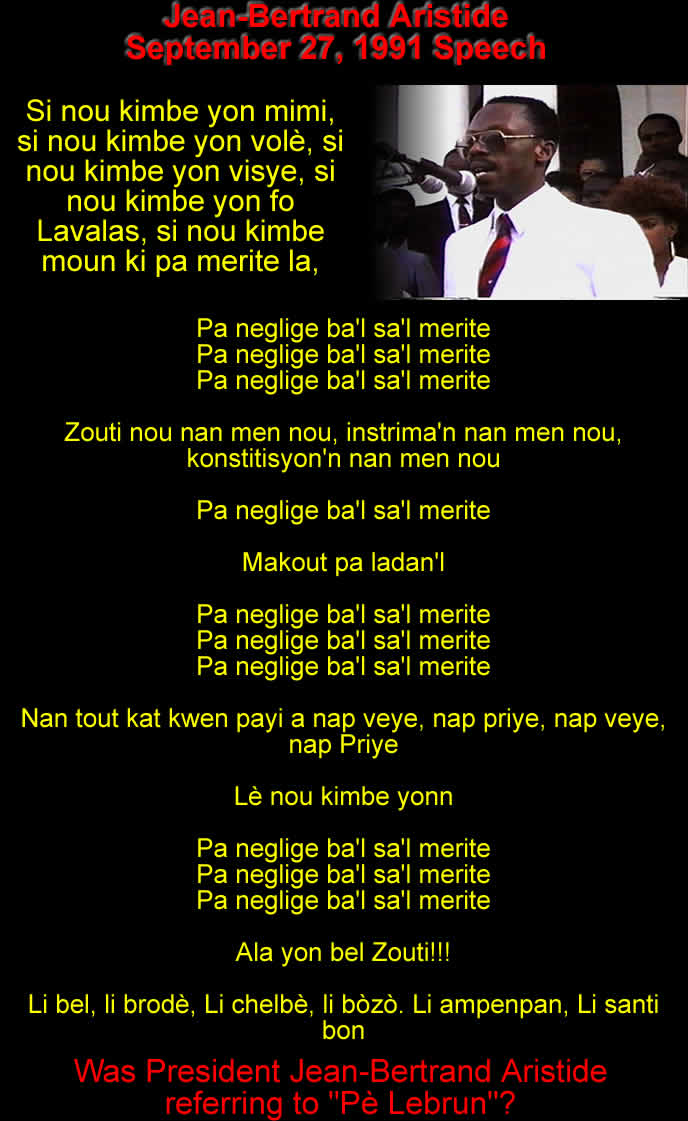

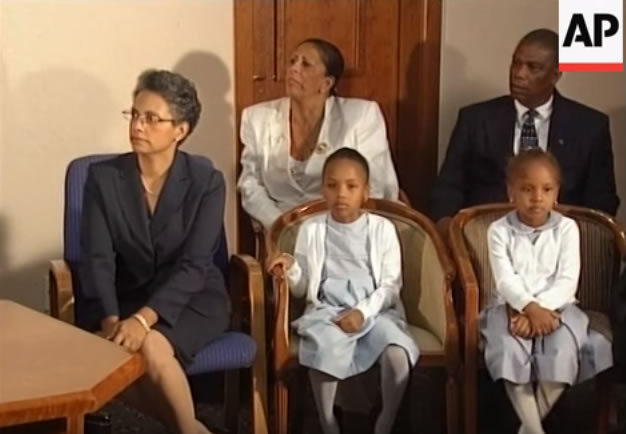
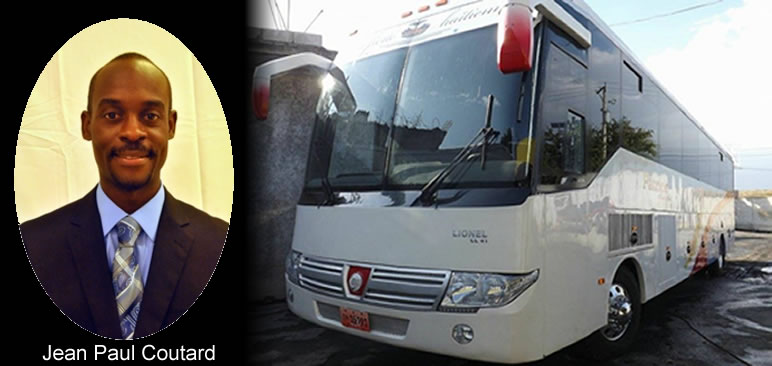

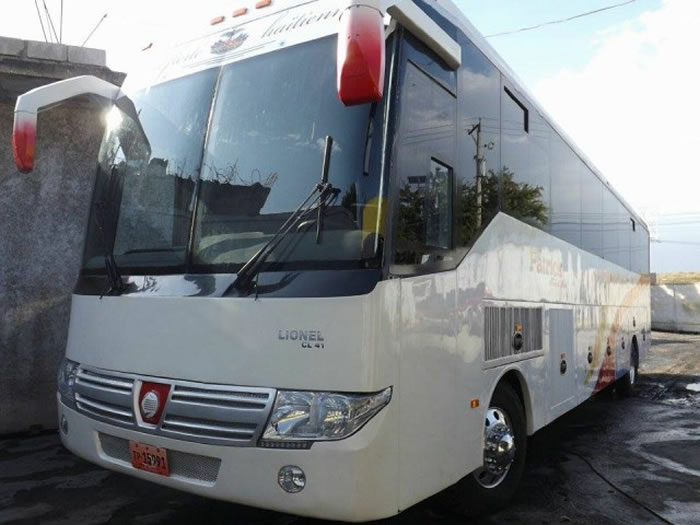
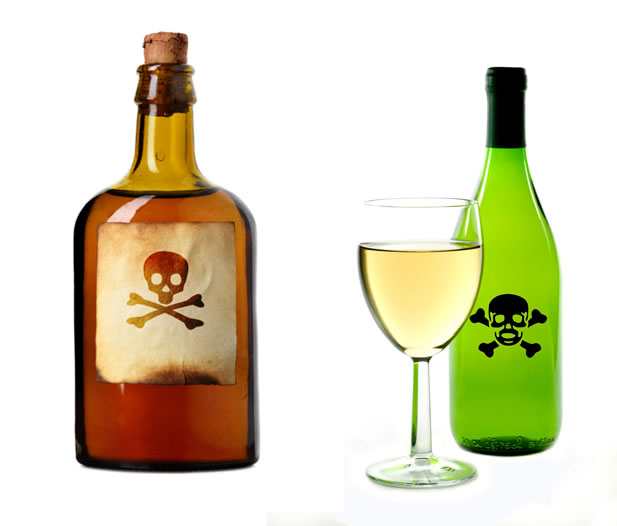
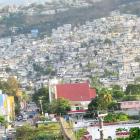 Petion-Ville, Haiti
Petion-Ville, Haiti 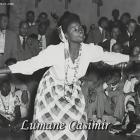 Lumane Casimir And Songs
Lumane Casimir And Songs  Rodent in Haiti named James Bond's hutia or Plagiodontia...
Rodent in Haiti named James Bond's hutia or Plagiodontia...  Dr. Henri Ford, First Haitian Dean At University of Miami Med...
Dr. Henri Ford, First Haitian Dean At University of Miami Med... 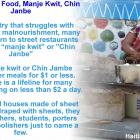 Haiti Street Food, manje kwit or Chin Janbe, for $1 or less
Haiti Street Food, manje kwit or Chin Janbe, for $1 or less 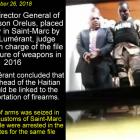 Former PNH Chief, Godson Orelus, arrested for illegal arm...
Former PNH Chief, Godson Orelus, arrested for illegal arm... 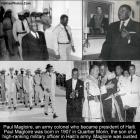 Paul Eugène Magloire, born in Quartier Morin
Paul Eugène Magloire, born in Quartier Morin  Haitiano-Japanese Naomi Osaka wins the US Open against Serena...
Haitiano-Japanese Naomi Osaka wins the US Open against Serena... 


